具有时滞的随机SIS传染病模型的渐近性态研究
VIP免费
具有时滞的随机 SIS 传染病模型的
渐近性态研究
传染病的传播过程不可避免会受到一些随机不确定因素的影响, 有些不确定
因素是物种本身所固有的, 有些是不可预知的环境噪声干扰, 这些噪声和不确定
因素的存在必然会对传染病的传播产生一定的影响. 本文考虑不同随机因素影响
下的三类随机扰动方式: 噪声的影响同变量的大小成比例, 噪声的影响表现在模
型的参数上和平衡点的鲁棒性, 建立相应的随机 SIS 传染病模型. 主要运用伊藤
公式、Lyapunov 函数研究模型解的随机稳定性和振荡性, 从而揭示随机因素对传
染病模型动力学行为的影响. 本文内容如下:
第一章概述了随机传染病的研究意义、研究历史及现状, 总结出以往研究的
几大方向, 在此基础上给出本文的研究方向及结果, 并回顾了随机微分方程的一
些概念及相关稳定性的理论.
第二章考虑第一类随机扰动方式——随机因素同变量大小成比例, 建立随机
SIS模型. 给出该模型正解的全局存在性与唯一性; 重点研究噪声影响下系统的解
的渐近行为, 即随机系统的解在相应的确定性系统的无病平衡点 和地方病平
衡点 附近的振荡行为; 理论结果表明噪声强度越小, 系统解的振荡幅度越小.
第三章考虑第二类随机扰动方式——随机因素的影响作用于疾病传染率, 并
结合时滞因素建立相应的随机 SIS 模型和具有分布时滞的随机 SIS 模型. 对于随
机SIS 模型, 给出其正解的存在唯一性及有界性, 研究无病平衡点的渐近稳定性
以及地方病平衡点的渐近性态, 并得到疾病平均持续和灭绝的充分条件. 结果表
明噪声强度增大到一定程度后会使染病者趋于绝灭. 对于随机时滞模型, 研究无
病平衡点的随机渐近稳定性. 最后结合仿真讨论相应的结论.
第四章考虑第三类随机扰动方式——随机因素的影响与 , 成比
例, 得到相应的含连续分布时滞和不含时滞的随机 SIS 模型. 分别给出不含时滞
的地方病平衡点随机渐近稳定性和含时滞的地方病平衡点随机稳定性.
关键词: SIS模型 随机扰动 时滞因素 Lyapunov函数 伊藤公式 渐近行
为 绝灭 持续
ABSTRACT
In the spread of epidemic, there are many uncertain and random factors, which
may be inherent or due to environmental change. The presence of these factors to the
spread of infectious diseases will produce certain effects. Here we mention three
patterns of random environment noise. The first one is we consider the environmental
noise is proportional to the variable. The second is with parameters perturbation. The
last one is to robust the equilibria of deterministic models. Along with these patterns
we establish the corresponding SIS stochastic models. According to formula and
the approach of Lyapunov function, we study the stochastic stability of solutions and
oscillation to reveal the effects of random factors on the dynamic behaviors of
epidemic. The main contents are follows:
In the first chapter, it is given a brief summary of researching background and
significance of SIS stochastic epidemic models. On the basis of these, we state the
main results obtained in this paper. In the end, we review some definitions of
stochastic differential equation and give some lemmas of the existence, uniqueness
and global stability of the solution to stochastic different equations.
In the second chapter, we consider the environmental noises are proportional to
the variables. We show there is a unique positive solution to the system with positive
initial value. Mainly, we show how the solution is oscillating around the disease-free
equilibrium and the endemic equilibrium of deterministic system under different
conditions. Our results indicate that with noise getting weaker, the fluctuation get
smaller.
In the third chapter, considering the second approach with contract rate
perturbation together with time delay. We establish the corresponding SIS stochastic
models with or without distributed time delay. For the system without time delay, we
obtain the existence, uniqueness and boundedness of the global positive solution.
Mainly, we prove the stochastic asymptotical stability of the disease-free equilibrium
and the solution is oscillating around the endemic equilibrium of the deterministic
model. Furthermore, the sufficient conditions for persistence in mean of the stochastic
system and extinction of the infective population are obtained. For the system with
time delay, we obtain stochastic stability of the disease-free equilibrium. Finally,
numerical simulations are carried out to support our results.
In the fourth chapter, the last issue to model stochastic epidemic system is to
robust the positive equilibria of deterministic models with or without distributed time
delay. It is mainly investigate the asymptotic stability of the positive equilibria of
deterministic models.
Key Word: SIS model, stochastic perturbations, time delay, Lyapunov
function, formula, symptotical behaviour, persistent in
mean, extinction
目 录
中文摘要
ABSTRACT
第一章 绪论..................................................................................................................1
1.1 研究意义.............................................................................................................1
1.2 研究概况.............................................................................................................1
1.3 本文研究结构内容.............................................................................................3
1.4 预备知识.............................................................................................................4
1.4.1 维随机微分方程.......................................................................................4
1.4.2 构造 Lyapunov 函数的步骤.........................................................................6
第二章 随机扰动同变量成比例的随机 SIS 模型.......................................................7
2.1 模型的建立.........................................................................................................7
2.2 正解的全局存在唯一性.....................................................................................8
2.3 时随机系统(2.1.2)的解关于 的渐近行为.........................................10
2.4 时随机系统(2.1.2)的解关于 的渐近行为.........................................11
2.5 讨论与仿真.......................................................................................................13
第三章 作用在参数传染率上的随机 SIS 模型.........................................................16
3.1 模型的建立.......................................................................................................16
3.2 系统(3.1.2)的主要结论.....................................................................................16
3.2.1 正解的存在唯一有界性............................................................................16
3.2.2 无病平衡点的渐近稳定性........................................................................18
3.2.3 时随机系统(3.1.2)的解关于 的渐近行为.............................18
3.2.4 疾病的绝灭条件........................................................................................21
3.3 系统(3.1.3)的主要结论.....................................................................................21
3.4 仿真与讨论.......................................................................................................25
第四章 随机 SIS 模型正平衡点的鲁棒性研究.........................................................29
4.1 模型的建立.......................................................................................................29
4.2 系统(4.1.1)的地方病平衡点随机渐近稳定性.................................................29
4.3 系统(4.1.2)的地方病平衡点随机稳定.............................................................30
4.4 讨论与仿真.......................................................................................................33
参考文献.....................................................................................................................35
摘要:
展开>>
收起<<
具有时滞的随机SIS传染病模型的渐近性态研究传染病的传播过程不可避免会受到一些随机不确定因素的影响,有些不确定因素是物种本身所固有的,有些是不可预知的环境噪声干扰,这些噪声和不确定因素的存在必然会对传染病的传播产生一定的影响.本文考虑不同随机因素影响下的三类随机扰动方式:噪声的影响同变量的大小成比例,噪声的影响表现在模型的参数上和平衡点的鲁棒性,建立相应的随机SIS传染病模型.主要运用伊藤公式、Lyapunov函数研究模型解的随机稳定性和振荡性,从而揭示随机因素对传染病模型动力学行为的影响.本文内容如下:第一章概述了随机传染病的研究意义、研究历史及现状,总结出以往研究的几大方向,在此基础上给出...
相关推荐
-
建筑工程投标文件范本-(格式)VIP免费

 2024-11-22 17
2024-11-22 17 -
幕墙工程施工组织设计方案VIP免费
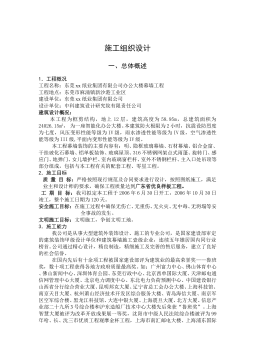
 2025-01-09 6
2025-01-09 6 -
建筑商品砼生产项目创业计划书VIP免费
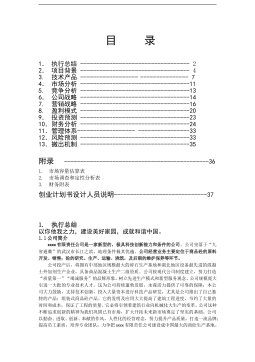
 2025-01-09 10
2025-01-09 10 -
建筑工程商业计划书模板VIP免费
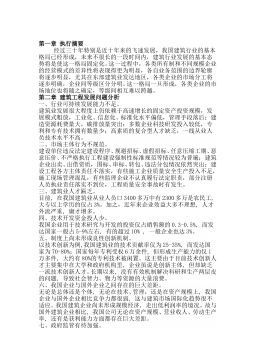
 2025-01-09 8
2025-01-09 8 -
工程项目施工计划书VIP免费
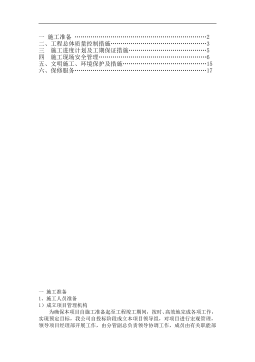
 2025-01-09 6
2025-01-09 6 -
《专业型文档》建筑企业计划书VIP免费
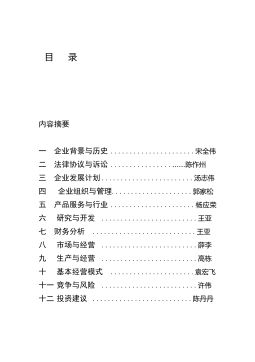
 2025-01-09 8
2025-01-09 8 -
xx水库灌区管道工程水工图纸C1VIP免费

 2025-01-09 13
2025-01-09 13 -
邮政区域仓储配送中心VIP免费
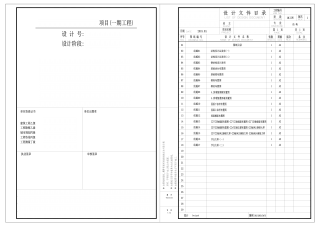
 2025-01-09 8
2025-01-09 8 -
疾病预防控制中心招标文件VIP免费
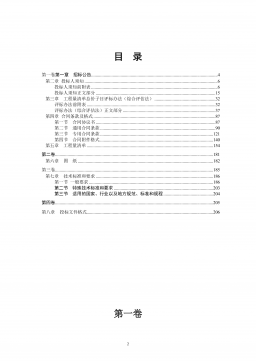
 2025-01-09 14
2025-01-09 14 -
体育健身中心施工招标文件VIP免费
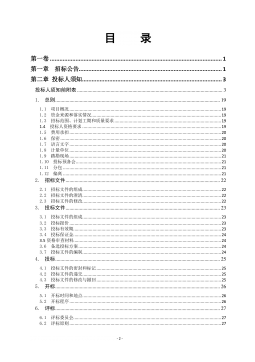
 2025-01-09 11
2025-01-09 11
作者:牛悦
分类:高等教育资料
价格:15积分
属性:44 页
大小:2.32MB
格式:DOC
时间:2024-11-11






